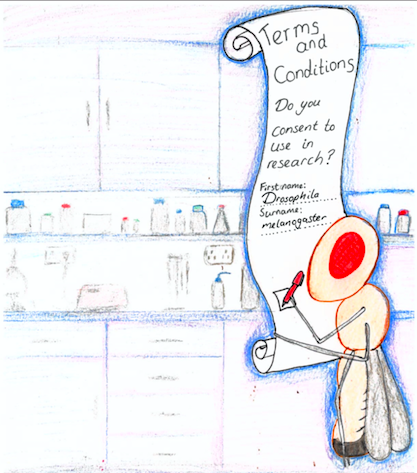Animal experimentation is one of the greatest ethical dilemmas facing modern science. While animal research leads to life-saving treatments, to anti-vivisectionists (people who oppose the use of animals in scientific research) the practice is cruel and barbaric, regardless of its potential benefit to human health. But what are the issues with animal research, and what is currently being done to overcome them?
For years, Oxford University has been under fire for using animals in medical research. Oxford has one of the largest biomedical research centres in Europe and undertakes the greatest number of scientific procedures on animals annually. Naturally, it is a hub of fierce anti-vivisectionist activity. In the mid-2000s, protests led to violence over the construction of the Biomedical Sciences Building — a state-of-the-art research facility to rehouse laboratory animals from around Oxford. There were arson attacks and bomb threats, and researchers were even followed to their homes. Consequently, the University took out an injunction against specific animal rights groups to protect staff and researchers.
But opposition to the use of animals remains. In April 2019, a 400-strong protest marking the 40th anniversary of the World Day for Animals in Laboratories called for an end to animal research in Oxford. Protestors claimed that ‘50 per‐cent of animal experiments in UK universities are for curiosity’s sake’, with a devastating 70,000 people killed or disabled by animal-tested drugs in England each year. Moreover, animal rights activist Peter Egan stated, ‘90 percent of all tests on animals as models for human diseases fail’. These statistics appear damning for the use of animal experimentation in science.
Contrarily, Oxford describes its animal research programmes as at the ‘forefront of innovative and life-saving science’. Animal research has played a pivotal role in developing drugs that have saved millions of lives. Animals give us the capacity for gene editing, exploring brain activity, and manipulating complex biological systems, all of which are ethically dubious in humans. Invariably, some people do experience adverse effects when they take drugs tested on animals, but all prescribed substances have also been deemed safe in extensive clinical trials. Animal experimentation therefore forms only part of the research framework that integrates in vitro work, studies in humans, and epidemiological evidence.
But animal research is not perfect, and there are major issues translating findings into successful clinical trials. This is partly due to the intrinsic physiological differences between laboratory animals and humans, as well as the experimental conditions under which drugs are trialled. Despite these differences, even fruit flies and nematode worms can be useful, due to biochemical pathways highly conserved throughout evolution.
While claims of mistreatment are a mainstay of anti-vivisectionist campaigns, rigorous regulatory systems govern animal research in the UK. The Animals (Scientific Procedures) Act of 1986 regulates experiments conducted on animals, including a cost-benefit analysis on whether the potential benefit to human health outweighs the suffering caused. In fact, the UK goes above and beyond the EU laws on animal research, with Oxford’s ‘gold standard’ policy on welfare exceeding both national and international guidelines.
The other guiding principle of animal research is the 3 R’s – the replacement of animals by using different experimental models, the reduction of the number of procedures undertaken on animals by utilising better experimental design, and refinement of procedures on animals to minimise suffering. By following these guidelines, the total number of procedures conducted on animals reduced by 7 percent since 2017 in the UK, with the number of non-human primates used in Oxford falling to only 10, compared to 52 in 2004. Moreover, refinement includes group-housing several animals in a cage to replicate their natural social environment or using less invasive techniques. Not only do these principles improve animal welfare, they generate more reproducible data, meaning fewer animals are needed in the future.
As a DPhil student working with animals, these principles are hard to forget — improving animal welfare is at the forefront of experimental design. However, to those outside the industry, there is a perception of secrecy that only encourages exaggerated claims. Consequently, Oxford University signed a Declaration of Openness on Animal Research, even letting BBC cameras film inside laboratories in 2014. Nonetheless, only 34 percent of the UK public feel well-informed about animal research, so more needs to be done to better inform the public about the realities of animals in science.
From my perspective, animal research is still necessary for much of the science being undertaken in Oxford. Furthermore, every individual I have met has the utmost care for the animals they use and do everything they can to minimise their suffering. Nevertheless, mounting social pressure to move away from animal experimentation will only accelerate the development of alternative techniques, for example the use of human stem cells and computational modelling. Although animal testing is still necessary and cannot yet be replaced, it is important to increase public awareness of the realities of animal research. Not only will this dispel myths disseminated by anti-vivisectionists, but it will also better address the ethical controversies of animal experimentation.
This article was first published in our Michaelmus Term 2019 Issue: Perspective
The artwork is by Danielle Edmunds.





